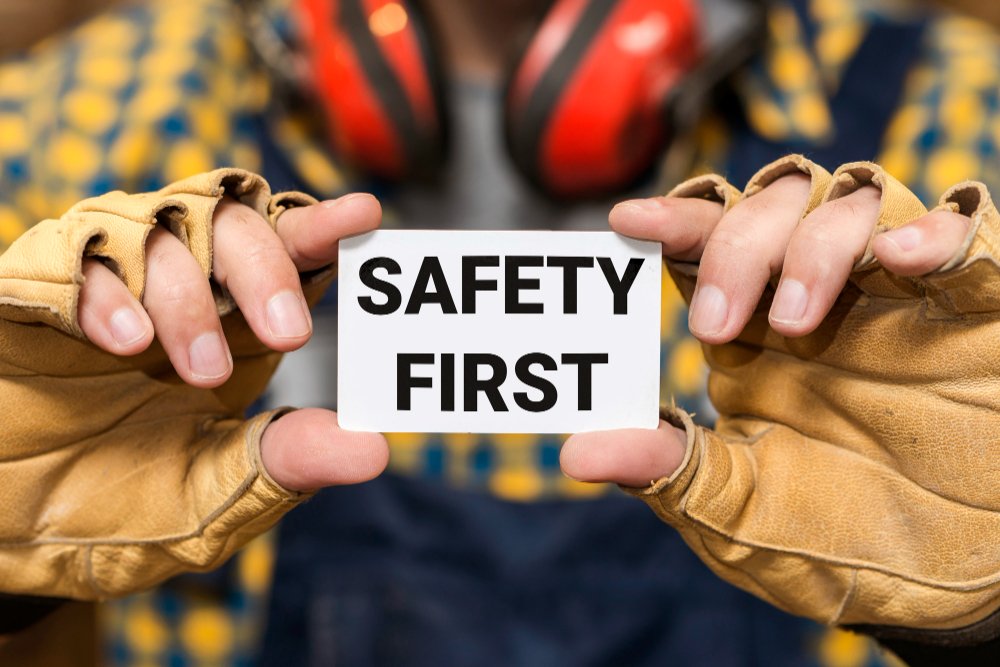In the contemporary era, the condition of our indoor spaces holds substantial sway over our overall welfare. Therefore, guaranteeing the security and durability of our structures has evolved from a luxury to an indispensable requirement. Building safety regulations serve as the bedrock of this vital mission, ensuring the protection of both lives and assets through the establishment of baseline criteria for the planning, erection, and upkeep of edifices. These regulations serve as a robust defense mechanism, shielding us from various hazards and perils.
Why Are Building Safety Regulations Important?
Building safety regulations are not mere red tape; they serve a vital purpose in protecting human life and property. Here’s why they matter:
Life Safety: Regulations address fire safety, structural integrity, and other critical aspects that can prevent building collapses, fires, and other disasters with potentially fatal consequences.
Public Health: Regulations ensure proper ventilation, hygiene standards, and adequate access to essential services, contributing to the overall health and well-being of occupants.
Accessibility: Regulations mandate features like ramps and wider doorways, ensuring buildings are accessible to people with disabilities, promoting inclusivity and safety.
Sustainability and Energy Efficiency: Modern regulations often address energy efficiency measures, promoting sustainable building practices and reducing environmental impact.
Fire Safety: Fire safety regulations are particularly crucial, dictating fire escapes, sprinkler systems, and fire-resistant materials, all aimed at preventing fire spread and facilitating safe evacuation.
Who Sets Building Safety Regulations?
Building safety regulations can vary depending on the country or region. Here’s a breakdown of some key players:
National Governments: National governments often establish overarching building safety frameworks that set minimum standards for all construction projects.
Local Authorities: Local authorities may have additional regulations specific to their region, considering factors like seismic activity or weather patterns.
Professional Bodies: Professional bodies like engineering institutes or architectural associations might establish best practices and guidelines that complement official regulations.
Also Read- Vivanta Residency Unveiled: 10 Benefits You Can not Miss
Key Components of Building Safety Regulations:
Building safety regulations typically encompass a wide range of aspects, including:
Fire Safety: Regulations dictate fire escape designs, fire alarm systems, sprinkler system requirements, and the use of fire-resistant materials.
Structural Integrity: Regulations address the use of appropriate building materials, load-bearing capacities, and measures to withstand potential natural disasters like earthquakes or floods.
Electrical Safety: Regulations cover wiring standards, electrical equipment safety, and earthing systems to prevent electrical hazards.
Means of Egress: Regulations ensure sufficient and well-marked exits to facilitate safe evacuation during emergencies.
Accessibility: Regulations mandate features like ramps, elevators, and wider doorways to ensure buildings are accessible to people with disabilities.
Building Materials: Regulations may specify the use of safe and non-toxic building materials to protect occupants from health hazards.
Ventilation and Sanitation: Regulations ensure proper ventilation systems and sanitation standards to maintain a healthy indoor environment.
Energy Efficiency: Modern regulations often address energy efficiency measures, promoting sustainable building practices and reducing environmental impact.

The Role of Different Stakeholders:
Ensuring building safety is a shared responsibility involving various stakeholders:
Architects and Engineers: Responsible for designing buildings that adhere to all relevant safety regulations.
Contractors and Builders: Ensure the construction process adheres to approved plans and safety standards.
Building Inspectors: Verify if buildings comply with regulations during construction and upon completion.
Property Owners: Ultimately responsible for maintaining the building’s safety and ensuring compliance with regulations.
Occupants: Play a role in fire safety by familiarizing themselves with escape routes and proper fire safety practices.
Staying Up-to-Date with Building Safety Regulations:
Building safety regulations are constantly evolving as new technologies and materials emerge. Here’s how to stay informed:
Government Websites: Government websites often provide access to the latest building safety regulations and resources.
Professional Bodies: Professional bodies like architectural associations might publish updates and resources on safety standards.
Industry Publications: Industry publications often cover changes and updates to building safety regulations.
Conclusion
The regulations concerning building safety play a crucial role in preserving the integrity of our constructed surroundings. Recognizing their significance and fundamental components enables individuals to make educated choices regarding their residential and occupational environments. Through compliance with these regulations, architects, engineers, contractors, and property proprietors contribute to the creation of secure and conducive buildings, fostering well-being for both current occupants and generations to come.














